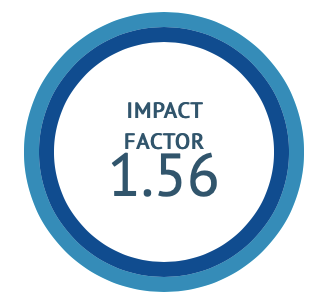Mahakumbh 2025: A Divine Confluence of Traditions, Rituals, and Spiritual Essence
DOI:
https://doi.org/10.47552/ijam.v16iS1.5982Keywords:
Mahakumbh mela, Spirituality, Triveni Sangam, Kumbh, GangaAbstract
Mahakumbh 2025, the world’s largest spiritual congregation, is deeply rooted in the tradition of ritual bathing in the sacred waters of the Ganga at Triveni Sangam. This practice is not only a religious observance but also carries scientific significance. Millions of devotees believe that bathing in the holy river during this auspicious period cleanses sins and paves the path to Moksha. However, modern research also highlights the antibacterial and self-cleansing properties of the Ganga, making this ritual a blend of faith and science. Bathing during Mahakumbh is believed to align with cosmic and environmental factors, enhancing immunity, reducing stress, and promoting mental clarity. Cold water immersion further activates the parasympathetic nervous system, improving circulation and overall well-being. Auspicious days such as Makar Sankranti, Mauni Amavasya, and Maghi Purnima witness the largest gatherings for the Shahi Snan (royal bath), where saints and devotees participate in this transformative ritual. The culmination of the event on Maha Shivaratri marks the final holy bath, symbolizing spiritual renewal. Thus, Mahakumbh 2025 not only upholds ancient traditions but also offers a scientific rationale for ritualistic bathing, reinforcing its positive impact on both spiritual and physical well-being.
Downloads
Published
How to Cite
Issue
Section
License
Copyright (c) 2025 International Journal of Ayurvedic Medicine

This work is licensed under a Creative Commons Attribution-NonCommercial-ShareAlike 4.0 International License.
The author hereby transfers, assigns, or conveys all copyright ownership to the International Journal of Ayurvedic Medicine (IJAM). By this transfer, the article becomes the property of the IJAM and may not be published elsewhere without written permission from the IJAM.
This transfer of copyright also implies transfer of rights for printed, electronic, microfilm, and facsimile publication. No royalty or other monetary compensation will be received for transferring the copyright of the article to the IJAM.
The IJAM, in turn, grants each author the right to republish the article in any book for which he or she is the author or editor, without paying royalties to the IJAM, subject to the express conditions that (a) the author notify IJAM in advance in writing of this republication and (b) a credit line attributes the original publication to IJAM.





